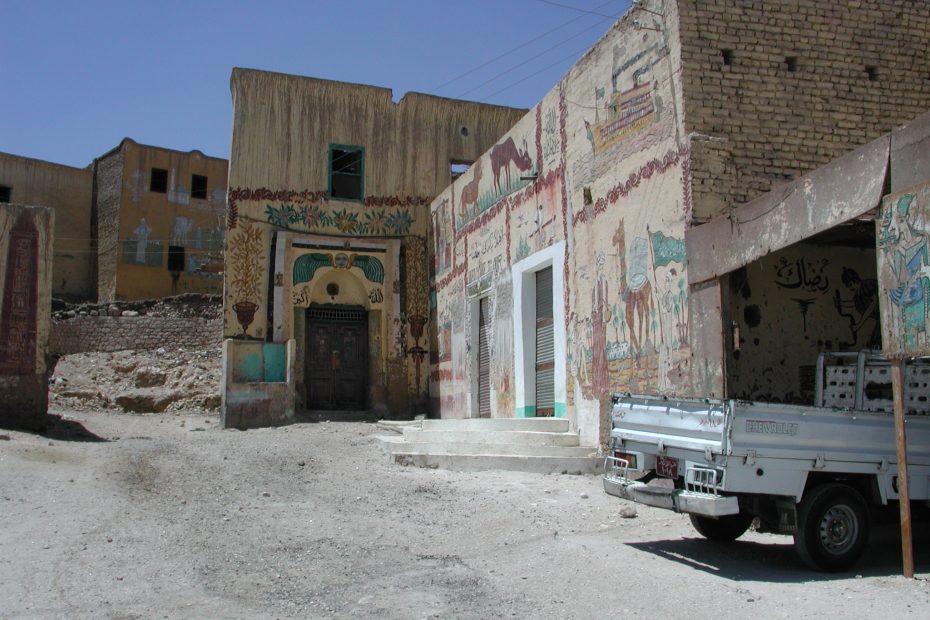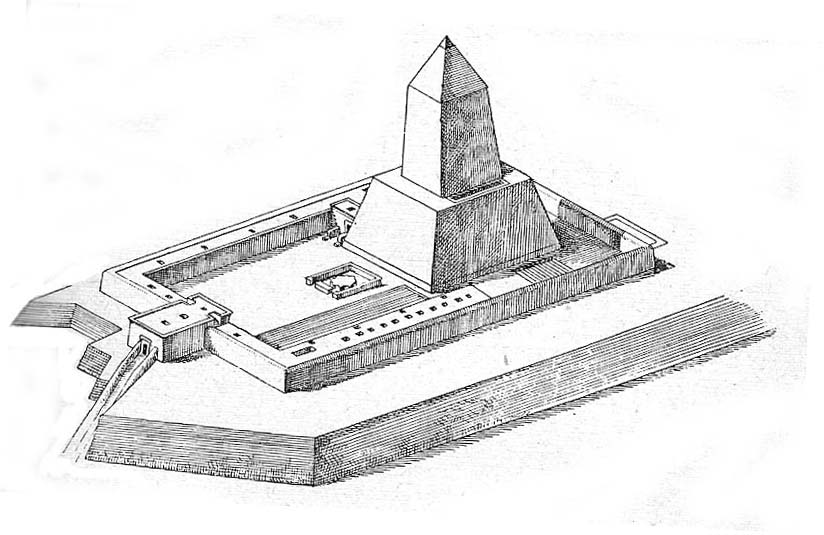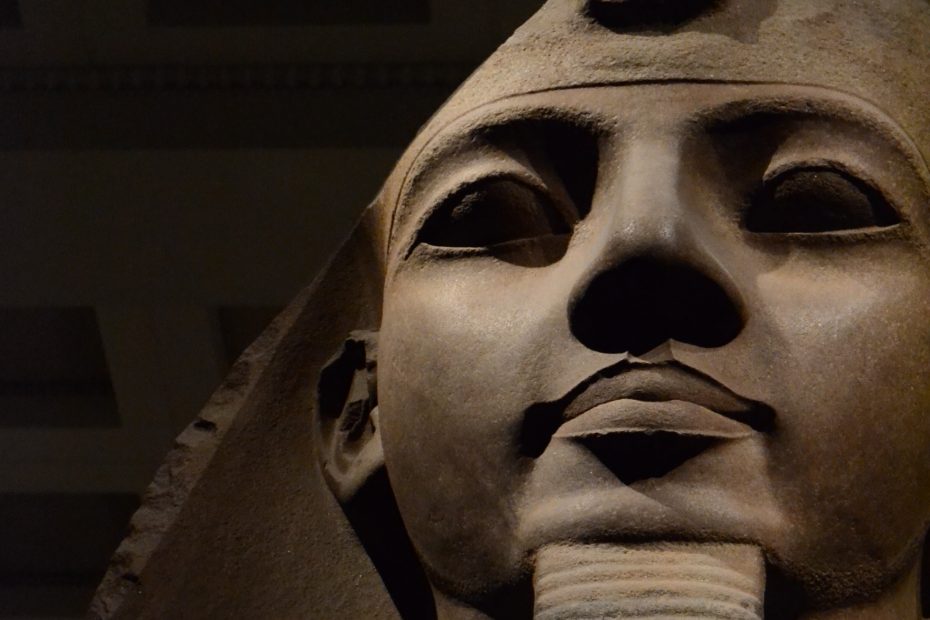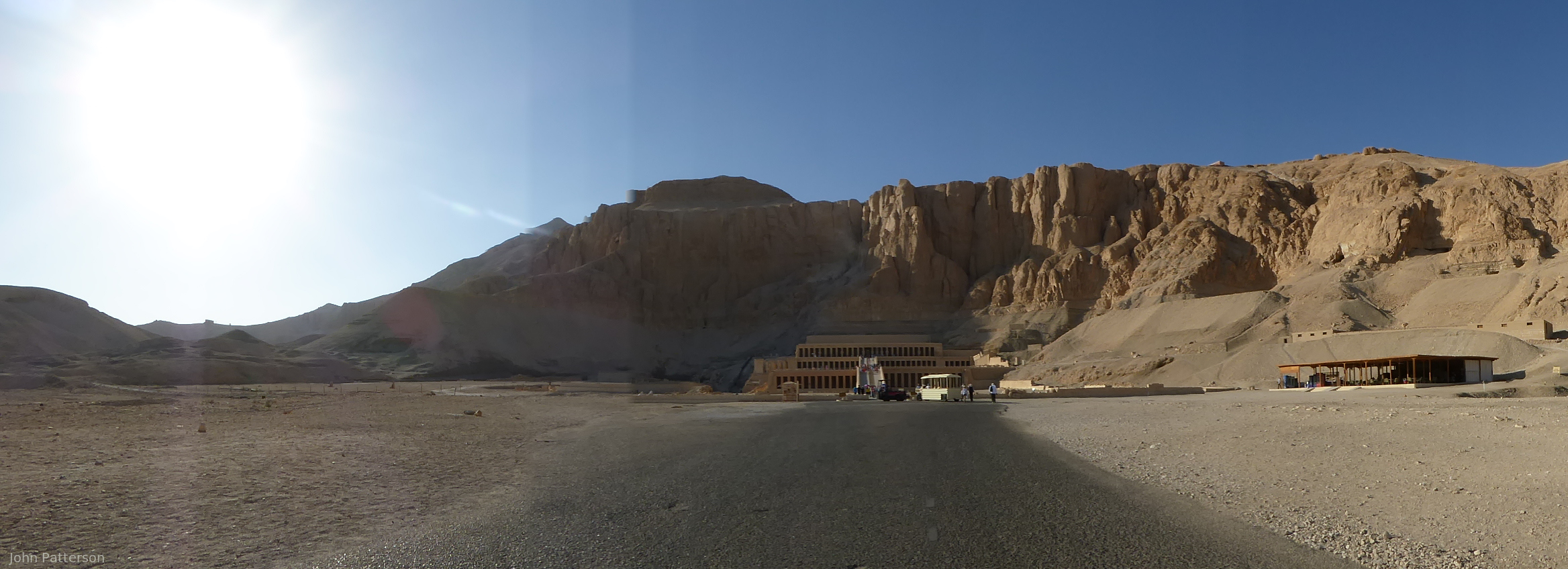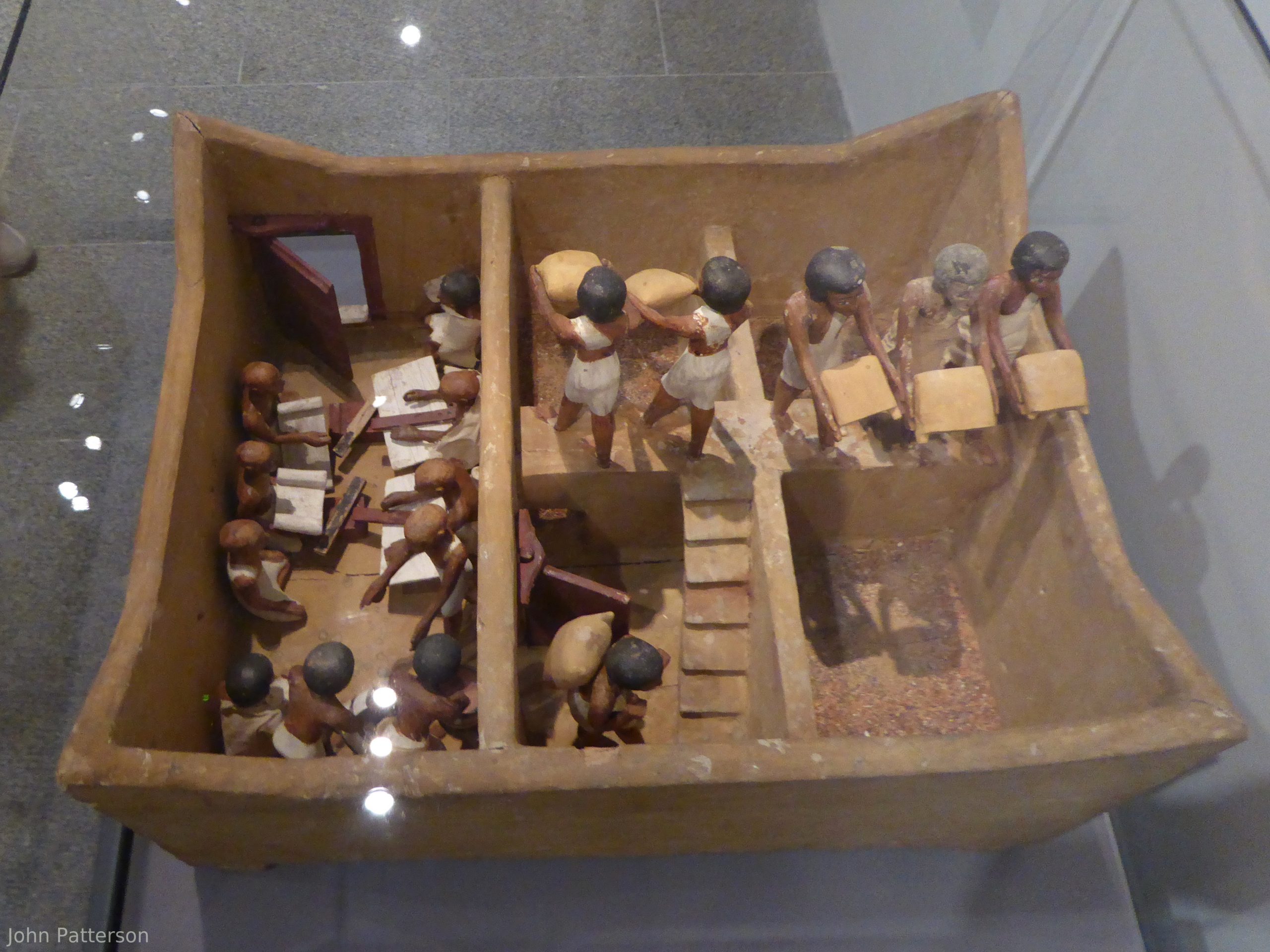“The Life Cycle of Theban Tomb 16” Dr Suzanne Onstine
At the beginning of March Suzanne Onstine came to talk to us (via Zoom) at the Essex Egyptology Group about her team’s work at Theban Tomb 16, where they have been working since 2008. She told us that she chose the title of her talk to emphasise how they are looking at all of the phases of use of this tomb. There’s a tendency in Egyptology to only consider the initial occupant of a tomb – so for this tomb that would imply that only the original Ramesside occupier was important. But she feels that even though that is one thing that needs investigation it’s also important to study the other phases of the life cycle of the tomb – later re-use, and even the looting. All of the phases are interesting and important, not just the initial burial. Theban Tomb 16 is in Dra Abu el-Naga near the road… Read More »“The Life Cycle of Theban Tomb 16” Dr Suzanne Onstine
